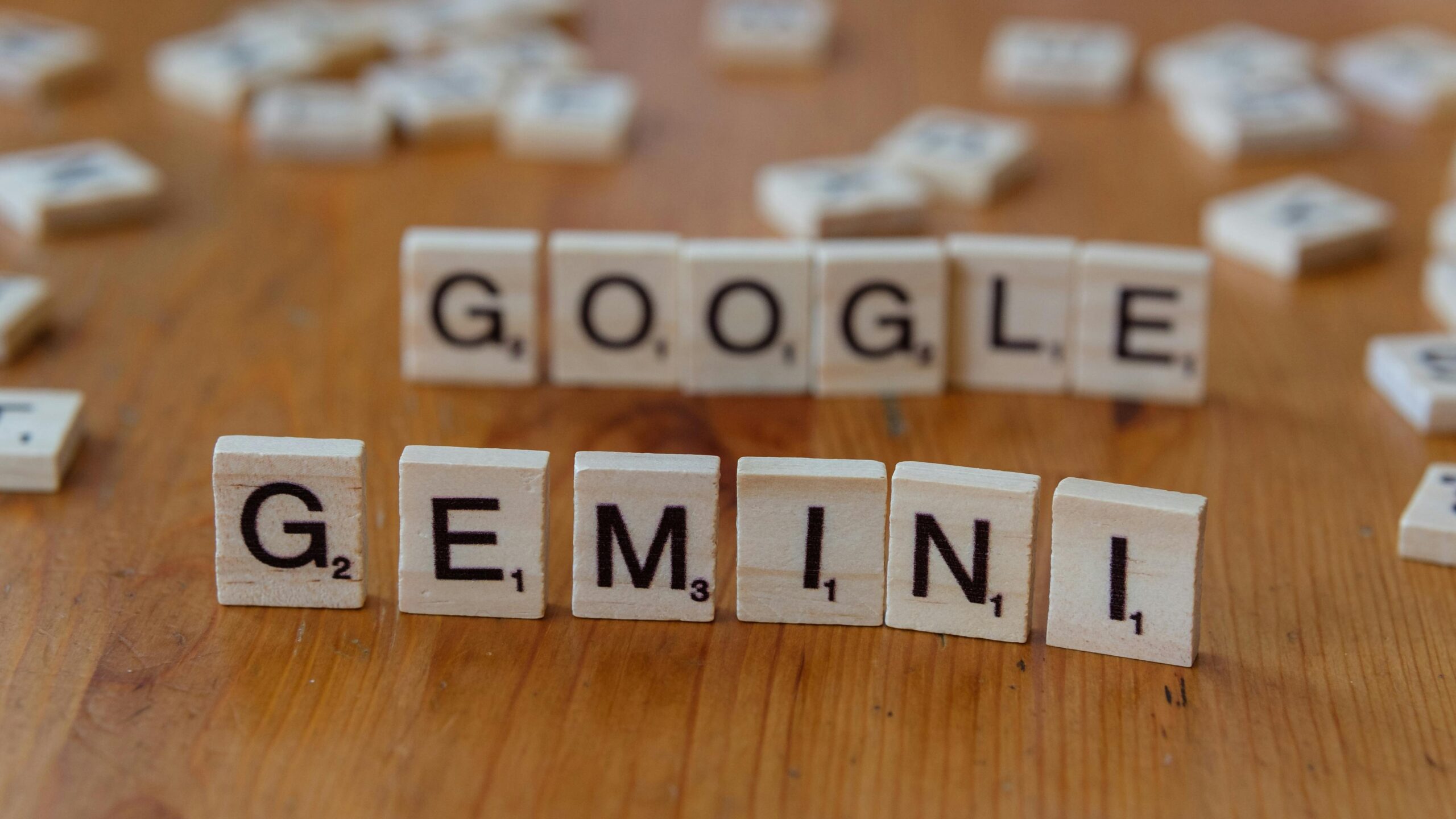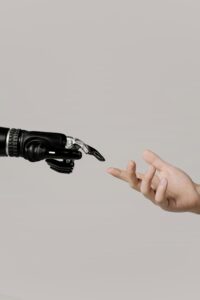Introduction: What is Multimodal AI?
Multimodal AI refers to artificial intelligence systems that can process and understand multiple types of input — such as text, audio, images, and video — in an integrated way. Unlike traditional AI models that focus on a single type of data, multimodal models combine different sensory inputs to create a richer, more accurate understanding of the world.
Imagine a system that can read a sentence, interpret a picture, recognize the speaker’s tone, and respond intelligently based on all these inputs together. That’s the magic of multimodal AI — it’s not just smarter, it’s more human-like.
Why Multimodal AI Matters in 2025
Human communication in the modern-day rapidly changing online world is always multimodal. We do not simply type but we talk, we gesticulate, we exchange pictures and we display emotion through the tone and dimension of our body language. To really understand and communicate with the human race, the AI needs to have the ability to do so. The next step in the natural user experience is multimodal AI, and it allows such chatbots as ChatGPT-4o, Google Gemini, or LLaVA created by Meta to comprehend sophisticated requests, give balanced responses and complete real-life tasks more efficiently.
How Multimodal AI Works
1. Input Modalities
- Natural language processing (NLP)
- Speech: Text-to-speech and the analysis of the sound of the voice
- Photo: Computer vision models (e.g. CNNs)
- Video: Time-series models; object tracking models
2. Fusion Layer
ts system cross-attention mechanisms or transformers combine its inputs in order to enable a given modality to affect the perception of another modality.
3. Output Generation
The model produces either a response or action, in the forms of the reply in a chatbot interface, captioning a picture, or detecting the objects in a video, all of which exemplify an all-in-one understanding.
Real-World Applications of Multimodal AI
1. Healthcare
- Radiology Assistants: An advertisement in the combination of X-rays and patient records
- Telemedicine: An interpretation of visual signals and talking to patients
2. Education
-
Interactive Tutors: Requiring a response to, spoken queries, read interpretation of handwriting, facial expressions
-
Individual Training: tailoring content presentation according to the text understanding and voice tone
3. Retail & E-commerce
- Visual Search Engines: Submit a picture and receive product results
- AI Shopping Assistants: Answer voice questions and scan photographs or videos you post
4. Customer Support
- Video Call Analysis: Learn to read tone, words and facial expressions in order to deliver a great round of service
- Multilingual Support Bots: translate, interpret, and answer speech and visual data
5. Security and Surveillance
- Threat Detection: The blend of facial recognition and audio detection and body language recognition
- Incident Reports: Auto generate multimodal logs complete with CCTV video and audio commentary
Benefits of Multimodal AI
- Greater Knowledge
A mixture of several types of data decreases incorrect interpretation and reflects an understanding of the context.
- Greater Natural Interactions
The users can talk or show, or even type; whatever is most natural to them and still be understood.
- Higher Precision
Multimodal models will be harder to trick or confuse because of cross checking of data.
- Accessibility
The models propose new opportunities to differently-abled users as an example: visually impaired people become able to comprehend the contents of the visual material as they can hear the expositions.
Challenges in Multimodal AI
While promising, multimodal AI isn’t without hurdles.
Data Alignment
Different modalities often require precise synchronization — for example, matching audio to facial expression in a video.
Bias and Ethics
Bias can creep in from any input mode. For example, vision models may exhibit racial bias, and speech models might misinterpret dialects.
Computational Complexity
Combining multiple neural networks requires immense computing power, making real-time deployment difficult.
Privacy Concerns
Multimodal systems often collect more data (voice, image, etc.), increasing the risk of data misuse.
The Rise of Multimodal AI Platforms
Let’s explore some of the top players pushing the multimodal AI frontier:
Open AI Chat GPT40
Supports written, visual and audio signal. You can present it with a picture and pose a question orally it will respond as a human being.
Google Gemini
Snugly connected to Google Search, Android, and Docs. Processes text, image, code and voice.
Meta LLaVA & ImageBind
The strategy of meta includes 6 modalities (text, image, audio, depth, thermal, and motion) in order to achieve a sensory-rich comprehension.
Video Runway & Sora (Video)
They are text-to-video systems or those that process media with voice and imagery edits, and are in a perfect position to be utilized by content-producers and marketers.
The Future of Multimodal AI
Multimodal AI is still in its early stages but its trajectory is clear. Here’s what to expect:
Real-Time Multimodal Assistant
Just imagine discussing with your phone and illustrating it something that is broken on a machine and then it gives you how to fix it on the spot.
GNOMIC Linguistically-neutral interfaces
AI multimodal would also remove linguistic boundaries in that it would interpret tone, images, and expressions in addition to words.
AI Doctors/ Therapists
Knowing not only what you say, but what you look like, how you sound, what your health records say, to provide real emotional intelligence.
Neuro-symbolic Models
Future research can combine multimodal deep learning and symbolic reasoning to have more grounded and more logically functioning AI agents.
Multimodal AI in Creative Industries
The creative arts and entertainment industry is one of the most interesting and visually stimulating uses of multimodal AI. Through text-to-image applications such as the DALL·E and Midjourney to video and audio creation engines such as Sora and Runway, multimodal AI is enabling creators to create works in art, animation and music, as well as create stories, through a simple prompt or command via voice.
Art and Design
An artist can simply draw one concept or show it in a wordy form and leave AI to draw a breathtaking picture or design. Such tools are context-aware – with both textual style prompts (e.g. cyberpunk city at night) and color preference guidance, composition suggestions, or even reference images.
Video Production
Video editors are able to feed in their footage, scripts, audio and multimodal systems allow them to automate the editing task, subtitle creating, scene detecting, and even throwing in special effects. This lessens expenditures and reduces the expenses of cool video production.
Music Generation
Text to music This has led to textual models such as Google s MusicLM that can be used to create music through descriptions such as upbeat jazz with a saxophone solo a combination of audio and textual inputs. People can even sing tune using these tools and get full sound.
Multimodal AI and Accessibility
For the Hearing Impaired
Multimodal AI has the capacity to turn speech into live captions and more allow emotion or tone to be detected in written text to transmit the entire feeling of conversations.
For the Visually Impaired
The integration of the vision and language models would enable apps to give the description of scenes, objects, and even facial expressions to blind users in real time via audio output: The smile on the person in front of you is red and she wears a red shirt.
For Cognitive Disabilities
Also, multi-modal and interactive tutors have the ability to alter compliance, voice tone and facial expressions of users, which allows more personal learning experiences.
This is not convenience; this is inclusion, which is enabled by smart multimodal devices that can interact with individuals as they are.
Multimodal AI and the Rise of Embodied Agents
In the long term, an embodied multimodal agent will be one of the most significant types of improvement through which robots or digital avatars will be able to see, hear and act in the real world through the use of AI.
Imagine an assistant robot in the hospital that:
- Reads patient charts (text)
- Receives audible commands of a nurse (listening)
- Visual watches over changes of condition in patient (visual)
- And talks in a compassionate tone when talking to patients (speech synthesis)
This type of global awareness is what will help intelligent AI move to real world behavior in high stakes situations without causing accidents and catastrophes. Multimodal models have already been included into the PM routines of such companies as Tesla (Optimus), Boston Dynamics, and Sanctuary AI.
Will Multimodal AI Lead to Artificial General Intelligence?
The subject of much discussion in AI circles is whether multimodal AI is the intermediate point to AGI (Artificial General Intelligence) systems which are capable of thinking, reasoning, and learning just like a man.
We are not there yet, but having several modalities to learn and create responses with a context-rich structure and being ready to accept various settings is an undoubted step towards generalization. The widening world of narrow AI with systems such as the live voice, vision, reasoning of OpenAI GPT-4o is narrowing the gulf between narrow AI generalized intelligence.
Conclusion: A Step Toward Truly Intelligent Systems
The concept of multimodal AI is not merely a technology fad; it will change the way machines interpret and react to the surrounding world. It will be more intelligent, more intuitive, and more emotionally attendant relationships between humans and machines because of gathering various inputs into one coherent work of understanding.
Multimodal AI is set to give the digital assistance, personalized learning, intelligent medical services, and more a boost in the future.
As a developer, owner of a business, or because you have an interest in the selected path of AI development, multimodal AI is a field to follow.
Final Thoughts: Humanizing Technology
The whole point behind multimodal AI can be reduced to one simple objective, and that is to create more human-aware machines. With either sight, sound, or words it is about the creation of systems that will be able to see, hear, and learn just as we as human beings can.
This however, comes with responsibility. Ethics, transparency, and privacy will play a critical role as we integrate such systems in everyday lives. We have to make sure that the tools we are using are inclusive, impartial and they should be in line with human values.
Multimodal AI will not only be the next wave of technology in the next decade to come but also help us view the digital world in a smarter, interconnected, and friendlier manner.
FAQsOn Multimodal AI
Q1: How does unimodal and multimodal AI differ?
A: Unimodal AI refers to the AI that can be trained to work with just one type of data (such as text-only model), whereas multimodal AI can take an array of different data, such as text, images, and audio, and work with them simultaneously.
Q2: Is multimodal AI competent to recognize emotions?
A: Yes. Multimodal AI can better estimate the emotional states by focusing on tone, facial expressions, and words than a system that deals with text.
Q3: Is multimodal AI safe?
A: Despite its strength, multimodal AI should also be controlled to prevent abuse, discrimination, and invasion of data privacy.
Q4: Who are the frontrunners in the multimodal AI?
A:Some pioneers are OpenAI (ChatGPT-4o), Google (Gemini), Meta(LLaVA, ImageBind), and Microsoft (with Copilot integrations).
Q5: Is it possible to apply multimodal AI in business?
A: Yes! Multimodal AI application is very featureful and can be used in many industries, both in customer support and eCommerce; in content generation and analytics; and many more.






